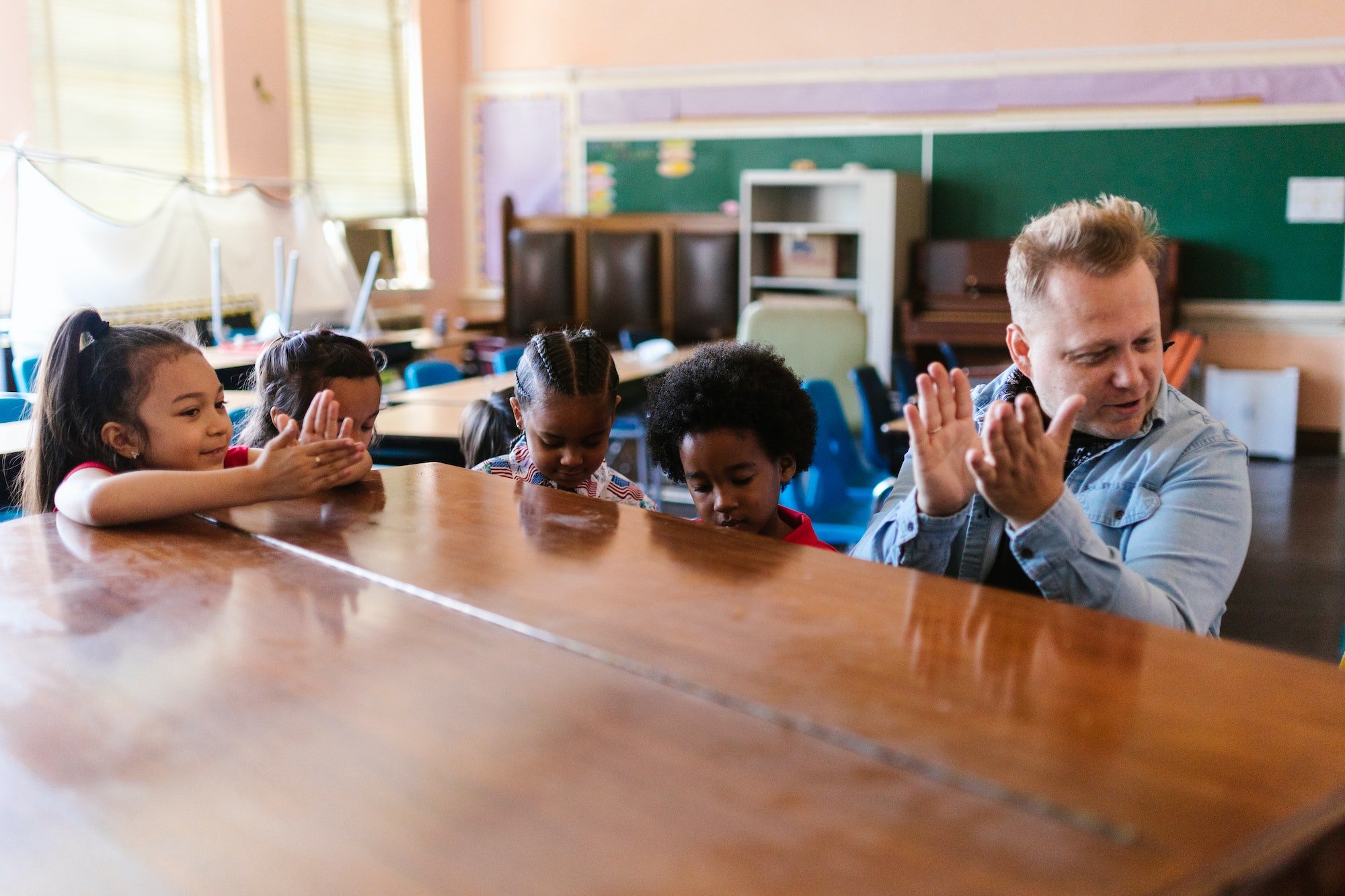Program success has many faces, just as it has many roads leading to it. Strategic partnerships stand out as one of these key routes. Unlike grants, which primarily focus on financial aid, partnerships with organizations can significantly enrich youth programs by providing opportunities that are challenging to achieve independently.
Depending on your youth program, and its needs, you can reach out to different stakeholders, such as businesses, non-profits, schools, and government agencies, each contributing unique resources and expertise. This collaboration leads to the development of a well-rounded youth development program, including real-world experiences like internships or mentorships, essential for preparing youth for upcoming challenges.
Types of Partnerships for Youth Programs
Have you considered how your youth program could benefit from strategic partnerships? Knowing your partnership goals helps, but here’s a brief guide on the types of partnerships to explore:
- Financial Partnerships: Great for operational support and expansion, these involve funding from businesses, foundations, or government grants.
- In-Kind Contributions: Local businesses and organizations may offer non-monetary support like materials, services, or equipment—ranging from food donations to technical gear.
- Volunteer and Workforce Support: Collaborations with educational institutions can provide volunteers, enriching your program with their mentorship and skills.
- Expertise and Knowledge Sharing: Partnering with professionals or specialists brings valuable training and knowledge to your program.
- Community Engagement: Connecting with local groups and non-profits can embed your program within the broader community, enhancing relevance, support, and enrollment.
Approaching Organizations for Partnerships
Once you have a project or a clear idea of what you want to achieve or gain from a partnership, begin by connecting with the right organization. You might be wondering how to ensure that an organization is the right choice. Often, you’ll discover this through direct interaction with them. However, you can lay the groundwork well in advance to ensure the best outcomes by following these steps:
- Identifying Aligned Interests: Seek out organizations or individuals who already demonstrate an interest in youth or related fields. Their established commitment greatly increases the potential for a successful partnership.
- Making Personal Contacts: A recommendation or introduction from a mutual contact can help in the process of establishing a relationship.
- Assessing Mutual Benefit: The benefits of a partnership should be reciprocal. This could include improved public visibility or meeting corporate social responsibility objectives. Take the time to understand what your potential partner seeks.
- Setting Goals and Expectations: Be explicit from the beginning; make sure to incorporate these details into your proposal. Define roles, responsibilities, and the desired outcomes of the partnership.
- Creating Opportunities for Meaningful Involvement: It’s important to ensure that partners are given substantial and rewarding roles. Active involvement that goes beyond mere participation is key to keeping partners committed to the success of the program.
After establishing the partnership, keep the partner team regularly updated. Clear, consistent communication is vital for maintaining engagement and commitment. The format for these reports can be tailored to the specifics of the partnership, potentially incorporating statistics or various data types for more effective sharing of information.
Partnering with Schools
Partnering with schools is a unique strategy for after-school programs, offering a path to increase enrollment and address specific educational needs. These partnerships, based on mutual respect and shared goals, go beyond mere collaboration: they are commitments to enriching the educational and developmental journeys of youth.
Involving school principals in these partnerships ensures alignment with the program’s core mission and the school’s, while the role of teachers is indispensable. They provide insights into student needs and interests, helping to tailor the program effectively. Their endorsement enhances the program’s credibility, making it more appealing to parents and students alike.
To see the real-world impact of strategic partnerships in action, we invite you to read about the success stories of Circle City Prep and Excellence Through Opportunity.
Join Our Community!
Step into the AfterSchool HQ Facebook Group—a virtual hub for connecting with youth program leaders nationwide. Join here.
References:
AfterSchool Alliance. (2014, February 21). Strong partnerships for strong after-school programs. Retrieved from https://afterschoolalliance.org/afterschoolsnack/Strong-partnerships-for-strong-afterschool-programs_02-21-2014.cfm
AfterSchool Alliance. (2019, December 12). Structuring for scale-up success: Partnerships first. Retrieved from https://www.afterschoolalliance.org/afterschoolSnack/Structuring-for-scale-up-success-Partnerships-first_12-12-2019.cfm
Photo by Fauxels (Pexels).




